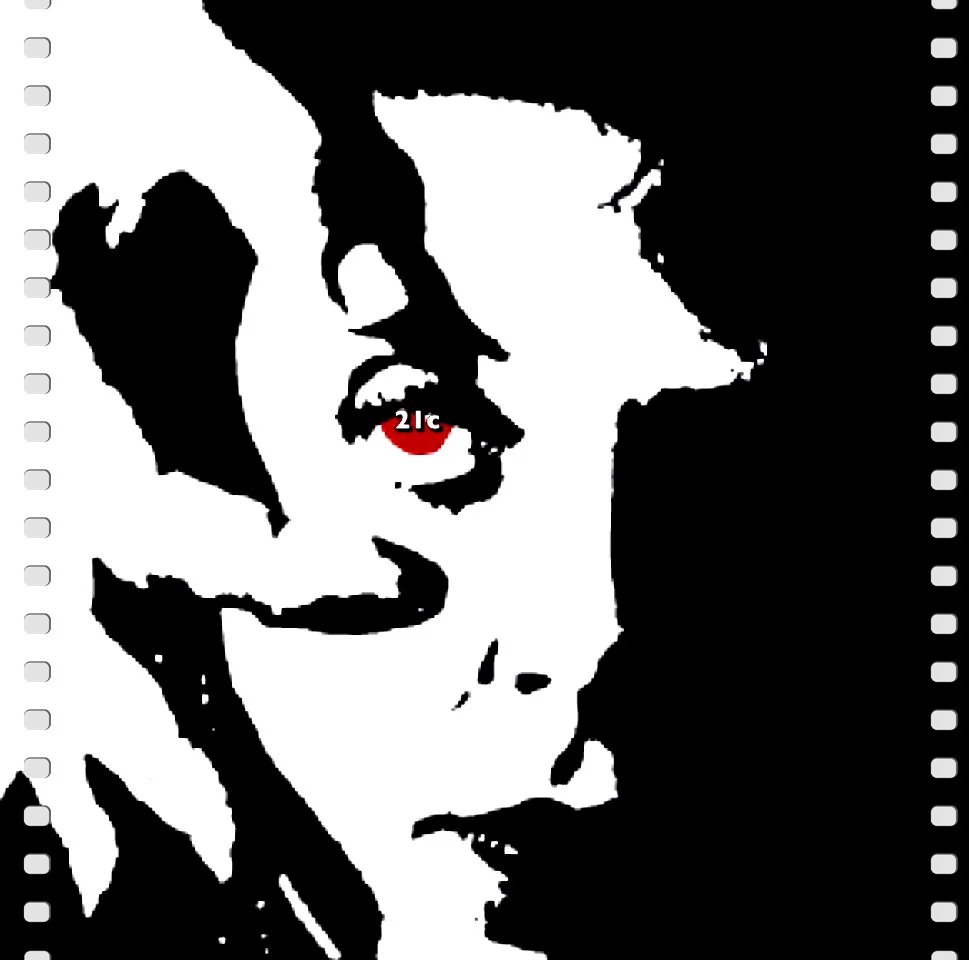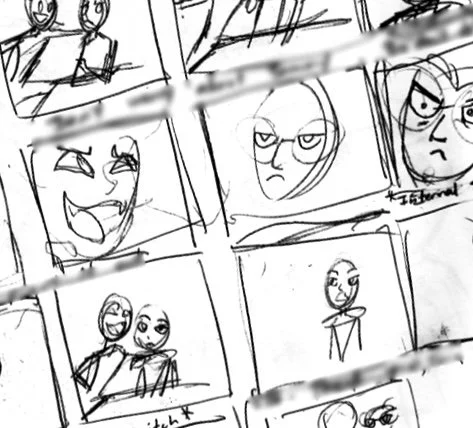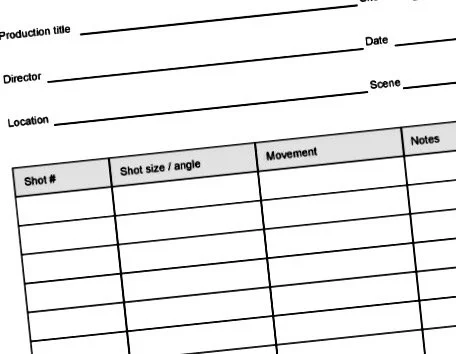Film Directing 120: The Director-Actor Relationship
/Be kind. Be generous. Be specific.
In the book, 21st Century Film Student PRIMER, all students are encouraged to take an acting course or acting workshop so they can better understand what actors do. Why? Because you’ll be a better director.
Memorizing lines, keeping it fresh, staying ‘in the moment,’ and taking direction are tall orders for most people. Once you’ve walked in the actor’s shoes, you can better relate to the process of acting and being directed.
The craft of directing is an ongoing learning experience.
Read More






